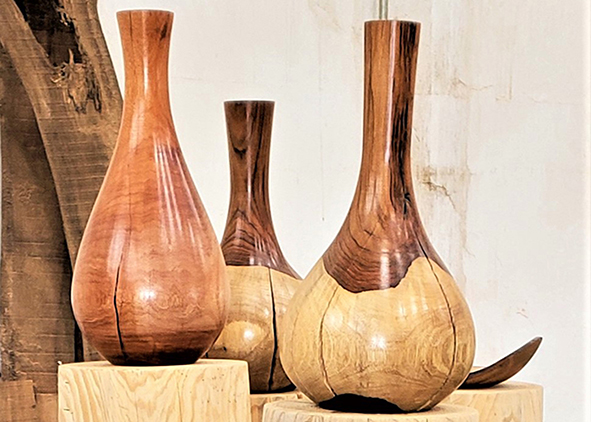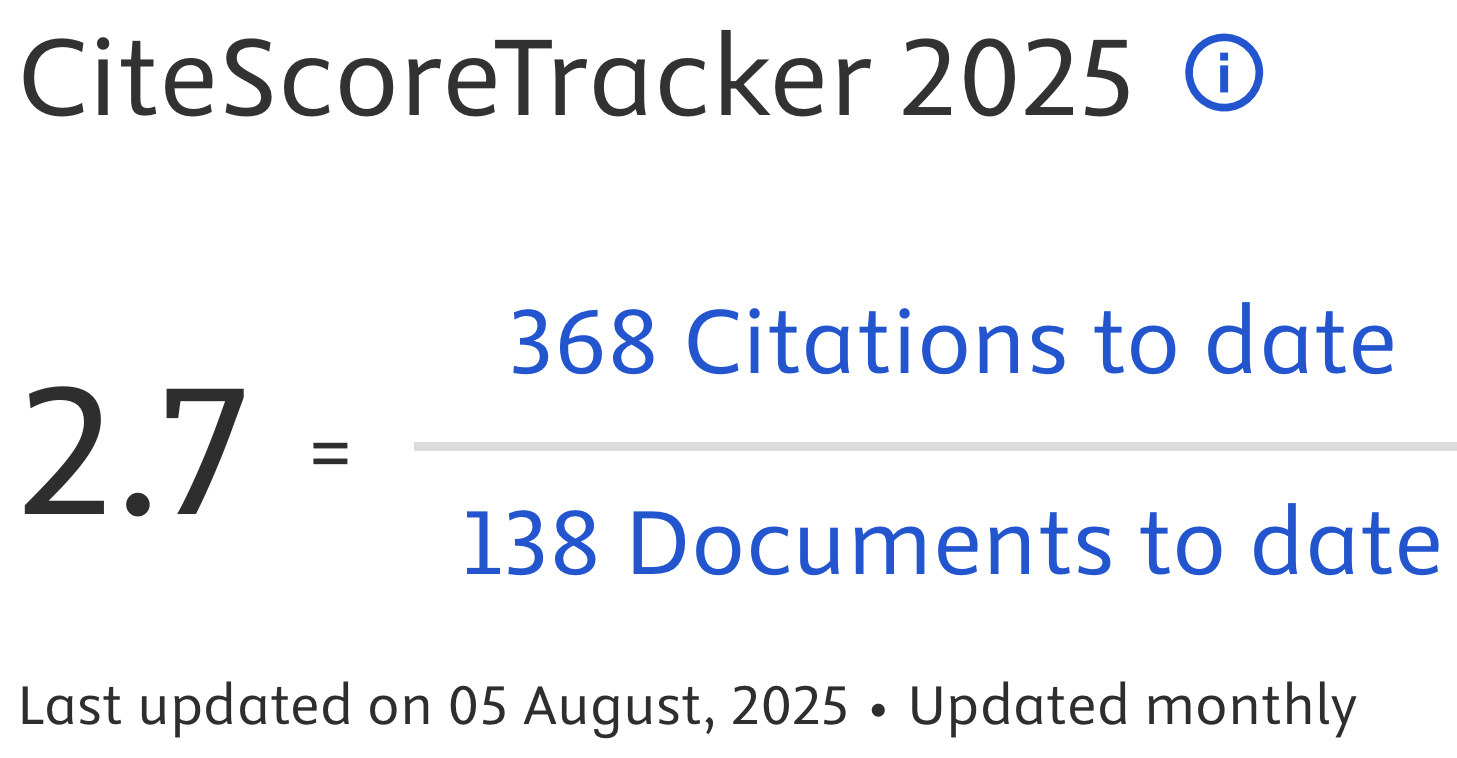Management of waste from the pruning of urban greenery. Experiences in São Paulo, Brazil
DOI:
https://doi.org/10.19229/2464-9309/9232021Keywords:
city trees, waste management, wood up-cycling, circular economy, design for sustainabilityAbstract
The waste management of urban greenery is directly related to the sustainability of cities. Architects, designers, managers, and entrepreneurs have used woody residues creatively, in innovative business models, focusing on the transition to a circular economy. This article presents a systemic analysis of experiences on the theme, with an emphasis on the use of woody residues, from the design perspective, taking the State of São Paulo, Brazil, as the locus of investigation. The research covers: consolidation of the theoretical knowledge, bibliographic review on guidelines, best practices and production flow models, and the diagnosis of four local initiatives. The results demonstrate the relevant role of design as an inducer of new business models, as well as the importance of universities, in knowledge dissemination, technology transfer, and new initiatives proposals, with multiplier effects.
Downloads
Article Metrics Graph
References
Baró, F., Chaparro, L., Gómez-Baggethun, E., Langemeyer, J., Nowak, D. J. and Terradas, J. (2014), “Contribution of Ecosystem Services to Air Quality and Climate Change Mitigation Policies – The Case of Urban Forests in Barcelona, Spain”, in Ambio, vol. 43, issue 4, pp. 466-479. [Online] Available at: doi.org/10.1007/s13280-014-0507-x [Accessed 08 April 2021].
Bartholomeu de Souza, C., Sousa, C. S. M. and Brazolin, S. (2020), “De árvore invasora à matéria-prima – pesquisa sobre o potencial de uso da leucena para o design de produtos – From invasive tree to raw material – A research on the potential use of leucena wood for product design”, in Estudos em Design, vol. 28, issue 2, pp. 155-169. [Online] Available at: doi.org/10.35522/eed.v28i2.992 [Accessed 08 April 2021].
Bratkovich, S. and Fernholz, K. (2010), Using industrial clusters to build an urban wood utilization program – A twin case study. Dovetail Partners. [Online] Available at: new.cloudvault.usda.gov/index.php/s/6yxFQcj8zrqkzgm#pdfviewer [Accessed 23 March 2021].
Bratkovich, S., Bowyer, J., Fernholz, K. and Lindburg, A. (2008), Urban Tree Utilization and Why It Matters, Dovetail Partners. [Online] Available at: dovetailinc.org/report_pdfs/2008/dovetailurban0108ig.pdf [Accessed 23 March 2021].
Chang, P., Tsou, C. and Li, Y. (2020), “Urban-greenway factors’ influence on older adults’ psychological well-being – A case study of Taichung, Taiwan”, in Urban Forestry and Urban Greening, vol. 49, 126606. [Online] Available at: doi.org/10.1016/j.ufug.2020.126606, pp. 1-9 [Accessed 23 March 2021].
Delta Institute (2014), Wood Utilization Best Management Practices. [Online] Available at: ncforestservice.gov/Urban/pdf/CommunityUrban-Wood-BMP.pdf [Accessed 23 March 2021].
Ellen MacArthur Foundation (2013), Towards the Circular Economy – Economic and business rationale for an accelerated transition, vol. 1. [Online] Available at: ellenmacarthurfoundation.org/assets/downloads/publications/Ellen-MacArthur-Foundation-Towards-the-Circular-Economy-vol.1.pdf [Accessed 23 March 2021].
Gonçalves, R., Garcia, G. H. L., Brazolin, S., Bertoldo, C. and Ruy, M. (2019), “Methodology for the mechanical characterization of elastic constant of wood from tree branches”, in BioResources, vol. 14, issue 4, pp. 8439-8454. [Online] Available at: doi.org/10.15376/biores.14.4.8439-8454 [Accessed 23 March 2021].
IF Staff (n.d.), “EcoFábrica Criativa Santos | Creative Ecofactory Santos”, in IF World Design Guide. [Online] Available at: ifworlddesignguide.com/social-prize/if-social-impact-prize-2017-supported-projects?#/pages/page/entry/238061-ecofabrica-criativa-santos [Accessed 29 March 2021].
Klingenberg, D., Nolasco, A. M. and Dias Júnior, A. F. (2018), “Propriedades físicas de sete espécies provenientes da arborização urbana”, in Calil Junior, C., Lahr, F. A. R., Dias, A. A., Martins, G. C. A., Brito, L. D. and Molina, J. C. (eds), Anais eletrônicos do XVI Encontro Brasileiro em Madeiras e em Estruturas de Madeiras – III Congresso Latino-americano de Estruturas de Madeira, São Carlos, Brasil, March 26-28, 2018, pp. 1-12. [Online] Available at: researchgate.net/publication/346419244_Propriedades_fisicas_de_sete _especies_provenientes_da_arborizacao_urbana [Accessed 18 March 2021].
Luz, S. (2012), Aproveitamento de madeiras de podas da arborização urbana: áreas do traçado inicial de Maringá/PR, Master’s Thesis, Universidade Estadual de Maringá. [Online] Available at: repositorio.uem.br:8080/jspui/handle/1/3541 [Accessed 18 March 2021].
Palacio, J. C. E., Santos, J. J. C. S., Renó, M. L. G., Furtado Júnior, J. C., Carvalho, M., Reyes, A. M. M. and Orozco, D. J. R. (2018), “Municipal Solid Waste Management and Energy Recovery”, in Al-Bahadly, I. H. (ed.), Energy Conversion – Current Technologies and Future Trends, IntechOpen Limited, London. [Online] Available at: doi.org/10.5772/intechopen.79235 [Accessed 18 March 2021].
Quantified Ventures (2019), Fresh Cut – The Business Viability of Processing Freshly Cut Urban Wood in Baltimore City, Baltimore City Recreation and Park’s Forestry Division, Humanim & USDA Forest Service. [Online] Available at: baltimorewoodproject.org/pdf/FreshCut_BaltimoreUrbanWood_v3 _2019.05.14.pdf [Accessed 16 March 2021].
Salbitano, F., Borelli, S., Conigliaro, M. and Chen., Y. (2016), Guidelines on urban and peri-urban forestry, FAO Forestry Paper n. 178. [Online] Available at: fao.org/3/i6210e/i6210e.pdf [Accessed 24 March 2021].
Secretaria Municipal de Tecnologia e Inovação (2020), “Fab Lab Livre SP”, in Cidade de São Paulo, 29/12/2020. [Online] Available at: prefeitura.sp.gov.br/cidade/secretarias/inovacao/inclusao_digital/index.php?p=194463 [Accessed 27 April 2021].
Simons, J. and Weatherspoon, A. (2009), Community urban wood utilization planning worksheet, Southeast Michigan Resource Conservation and Development Council. [Online] Available at: urbanforestrysouth.org/resources/library/ttresources/community-urban-wood-utilization-planning-worksheet [Accessed 24 March 2021].
Solid Waste Association of North America (2002), Successful Approaches to Recycling Urban Wood Waste, General Technical Report FPL-GTR-133. [Online] Available at: ncforestservice.gov/Urban/pdf/USFS_UW_Recycle.pdf [Accessed 16 March 2021].
Sousa, C. S. M., Shimomura, A. R. P., Michalski, R. L. X. N., Ornstein, S. W. and Barata, T. Q. F. (2020), 13th International Seminar NUTAU 2020 – Urban forest waste valuing potential for research and projects on urbanism, architecture and design, vol. 8, n. 3, Blucher, University of São Paulo, São Paulo. [Online] Available at: proceedings.blucher.com.br/article-list/nutau2020-350/list#articles [Accessed 24 March 2021].
Speak, A., Escobedo, F. J., Russo, A. and Zerbe, S. (2020), “Total urban tree carbon storage and waste management emissions estimated using a combination of LiDAR, field measurements and an end-of-life wood approach”, in Journal of Cleaner Production, vol. 256, article 120420, pp. 1-9. [Online] Available at: doi.org/10.1016/j.jclepro.2020.120420 [Accessed 24 March 2021].
Ulmer, J. M., Wolf, K. L., Backman, D. R., Tretheway, R. L., Blain, C. J., O’Neil-Dunne, J. P. and Frank, L. D. (2016), “Multiple health benefits of urban tree canopy – The mounting evidence for a green prescription”, in Health and Place, vol. 42, pp. 54-62. [Online] Available at: doi.org/10.1016/j.healthplace.2016.08.011 [Accessed 24 March 2021].
UNESCO (n.d.), Santos. [Online] Available at: en.unesco.org/creative-cities/santos [Accessed 29 March 2021].
United Nations (2019), The Sustainable Development Goals Report. [Online] Available at: unstats.un.org/sdgs/report/2019/The-Sustainable-Development-Goals-Report-2019.pdf [Accessed 08 March 2021].
Urban Wood Network (2019), The urban wood toolkit. [Online] Available at: urbanwoodnetwork.org/wp-content/uploads/2019/01/The-Urban-Wood-Toolkit.pdf [Accessed 29 March 2021].
Urban Wood Network (n.d.), Business Benefits. [Online] Available at: urbanwoodnetwork.org/business-benefits [Accessed 29 March 2021].
USDA Forest Service (n.d.), The Baltimore Wood Project – Rethinking the wood in the city. [Online] Available at: baltimorewoodproject.org/ [Accessed 23 March 2021].
USP Staff (2020), “Resultado do concurso de projetos de fomento às iniciativas de gestão ambiental”, in Superintendência de Gestão Ambiental, 23/11/2020. [Online] Available at: sga.usp.br/resultado-do-concurso-de-projetos-de-fomento-as-iniciativas-de-gestao-ambiental/ [Accessed 27 April 2021].
Vale, A. T., Sarmento, T. R. and Almeida, A. N. (2005), “Caracterização e uso de madeiras de galhos de árvores provenientes da arborização de Brasília, DF”, in Ciência Florestal, vol. 15, issue 4, pp. 411-420. [Online] Available at: scielo.br/j/cflo/a/kcmxb64XHffMPnZnwxKS9tr/abstract/?lang=pt# [Accessed 27 April 2021].

Downloads
Published
How to Cite
Issue
Section
License
This Journal is published under Creative Commons Attribution Licence 4.0 (CC-BY).
License scheme | Legal code
This License allows anyone to:
Share: copy and redistribute the material in any medium or format.
Adapt: remix, transform, and build upon the material for any purpose, even commercially.
Under the following terms
Attribution: Users must give appropriate credit, provide a link to the license, and indicate if changes were made; users may do so in any reasonable manner, but not in any way that suggests the licensor endorses them or their use.
No additional restrictions: Users may not apply legal terms or technological measures that legally restrict others from doing anything the license permits.
Notices
Users do not have to comply with the license for elements of the material in the public domain or where your use is permitted by an applicable exception or limitation.
No warranties are given. The license may not give users all of the permissions necessary for their intended use. For example, other rights such as publicity, privacy, or moral rights may limit how you use the material.


















































































